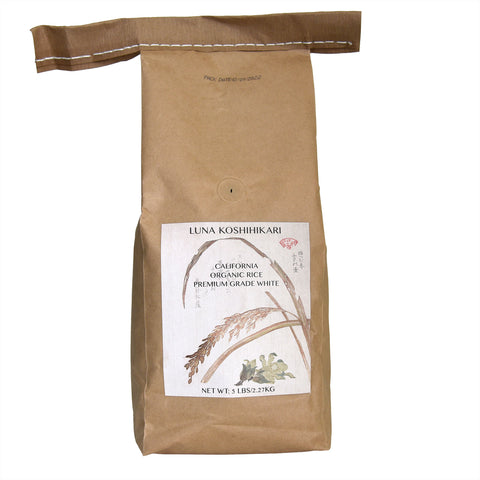
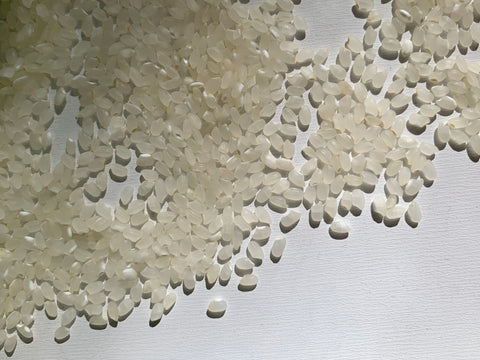
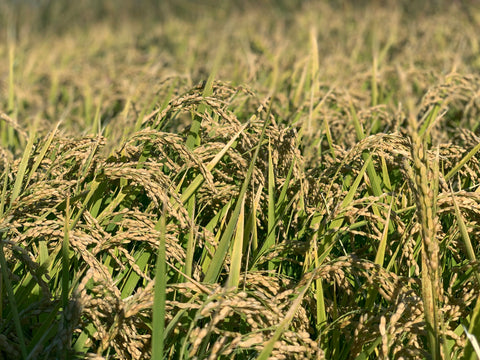
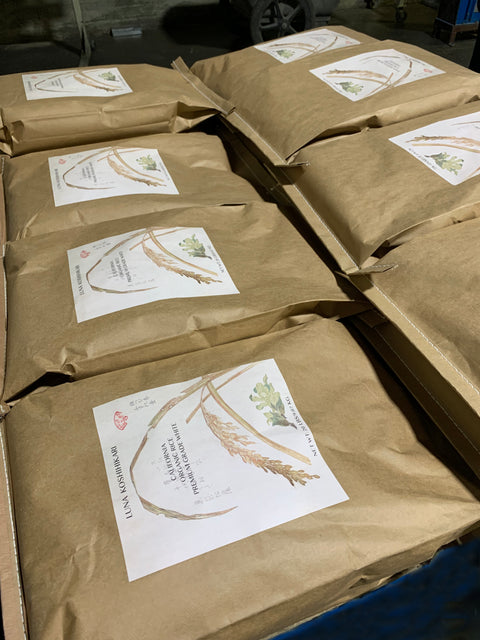
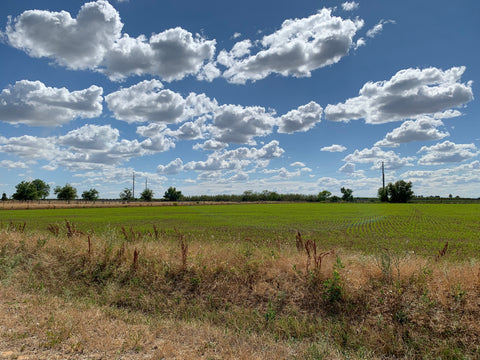
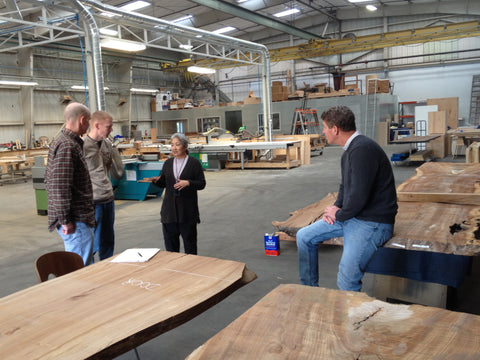
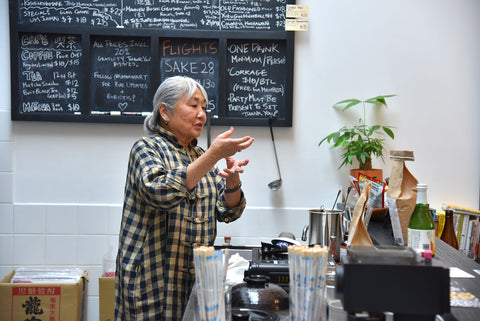
Luna Koshihikari Organic Rice - 5lbs
Grown with the environment in mind! USDA organic and fertilizer-free.
This single origin premium Koshihikari rice is grown organically in the Sacramento Valley by a fourth generation rice farmer. Koshihikari is widely-known in Japan for its sweet flavor, pillow-soft texture, and translucent moonlight white grain. Professional chefs often favor this rice for its softness – it feels like you can taste each grain.
This rice is also known for being one of the hardest rice varieties to grow organically – its unique shape and growing time are unfavorable to most rice farmers. Luna Koshihikari Organic Rice is paving the way for future farmers not only by committing to growing premium rice locally, but also by growing pesticide-free, milling using water-saving and energy-saving techniques, and using solar power to support their operations. This very special bag of rice is guaranteed to elevate any dish and support local and organic farmers along the way!
Wendy Tsuji, creator of Luna Koshihikari milled by Far West Rice, says:
I was surprised when I found out that less than 3% of California rice in Sacramento Valley is organic. I have always liked horticulture and learning about specific cultivars in food. Though Koshihikari is difficult to grow, it intrigued me that where this variety is from originally is latitude 39 in Japan, the Sacramento Valley is similarly latitude 39. I wanted to see if a premium organic Koshihikari could be grown locally, and compete with the taste profile of the best rice from Japan, without paying for the extreme freight costs.
The comparison in distance and energy consumption is that this local Luna rice comes from 171 miles away. Rice from Japan travels 5000 miles by comparison. Developing the Luna Koshihikari started as a “proof of concept” to see if I could bring to market a premium organic white rice as shinmai (new crop) for restaurants who would support the organic and sustainability concept, despite costing more, as our part against climate change. It was important to be organic, use less water with drill seeding, and have the best mill possible with 85% solar energy, and only have to travel from our “backyard” saving a lot of fuel. I wanted to take my experience in design and architectural sustainability and see if I could apply it to an agricultural product that could have some impact in the restaurant industry.
Tsuji explains her method of cooking rice in her Kamado-san Donabe:
Ratio: 3 cups rice to 3 cups water
1. Wash gently 3x until water is clear
2. Drain rice in colander, and put into kamado, add the 3 cups water. Optional: let stand in water for 20 minutes.
3. 12 minutes on high until steam comes out.
4. Turn off completely and let steam for 30-40 minutes, fluff rice before serving.
Features:
- Ingredients: rice
- 5 pounds
- Material: rice in a kraft paper bag
- Made in Nelson, CA by Far West Rice

